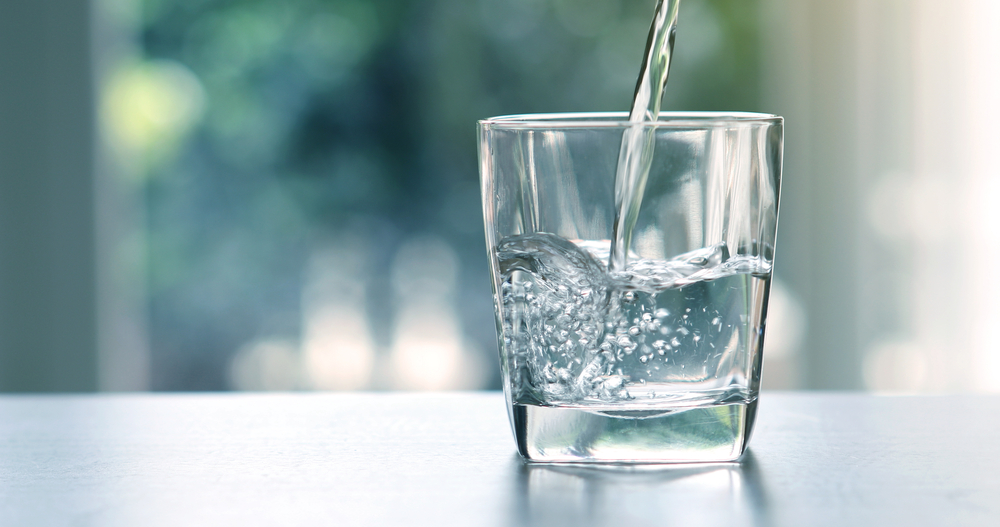Researchers have discovered a surprisingly quick way to significantly decrease the amount of plastic in your drinking water, requiring only about five minutes of your time.
Others are reading now
Microplastics, which can be as small as one-thousandth of a millimeter and often invisible to the naked eye, have been found in everything from human placentas to freshly fallen snow in Antarctica, not to mention the food and beverages we consume.
However, a team from Guangzhou Medical University and Jinan University in China claims to have found a straightforward technique that could remove up to 90% of the nano- and microplastics present in our drinking water.
During their study, the researchers found that boiling tap water for five minutes and then filtering the cooled water could eliminate a significant portion of plastic particles.
Water Hardness Matters
The method was tested on both “hard” tap water, which has a high level of minerals like calcium carbonate, and “soft” tap water, with a lower mineral content.
Also read
Boiling hard tap water naturally forms small crystallized lime deposits, which were observed to encapsulate the microscopic plastic particles. According to the researchers, these deposits build up over time and can be scrubbed off to remove the plastics. Alternatively, the remaining residues in the water can be eliminated using a simple filter, such as a coffee filter.
However, it’s important to note that the method proved to be far more effective in “hard” water with a high calcium carbonate content.
In a sample with 300 milligrams of calcium carbonate per liter of water, the researchers were able to remove up to 90% of the microscopic plastic particles.
Microplastics: An Inescapable Presence
Microplastics are unavoidable in our environment. They are present in the food we eat and the air we breathe, ultimately finding their way deep into our bodies.
Plastic Consumption
Research indicates that an average person consumes and inhales around 50,000 plastic particles each year. These particles are everywhere, originating from a myriad of sources including carpets, clothing, toothbrushes, food packaging, and more.
Particles Penetrating the Body
Inhaled particles end up in the throat and lungs, while ingested ones initially make their way to the stomach and intestines. While larger eaten particles are excreted through feces, the smaller ones may remain in the body.
Plastic in Vital Organs
Scientists have discovered plastic in the lungs, liver, spleen, kidneys, and even in fetuses. The long-term consequences of this are still unknown, but many plastics contain hormone-disrupting or carcinogenic substances that accumulate in the body.
Even in soft water samples, with less than 60 milligrams of calcium carbonate per liter, the method showed some effectiveness.


